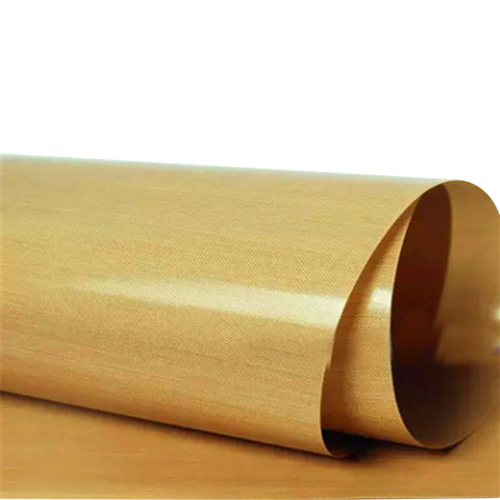Flame retardant fabrics help minimize the risk of injury or death for people working in high heat environments. They also serve to protect equipment from heat damage and save energy; made with various fibers including natural nonflammable ones like cotton and wool or synthetics such as polyester and aramid, flame retardant fabrics may be used for clothing, blankets or coveralls worn by workers as well as protective covers on machinery.
These fabrics are typically coated with graphite or vermiculite to prevent melting or combustion, providing insulation while still being flexible enough for weaving into various shapes. Furthermore, some types can even resist chemicals and oil spills!
Fiberglass fabric offers exceptional abrasion resistance and versatility, and can be woven into an array of shapes and sizes, making it suitable for covering equipment or creating insulation blankets. Furthermore, its heatproof properties mean it can withstand extreme temperatures as well as corrosion from acids or alkalis; its lightweight nature makes it easy to handle as it doesn't melt when exposed to fire; additionally it can even be made into clothing such as pants and socks!
Ceramic fiber cloth is another high-temperature insulating material. Able to withstand temperatures as high as 1600 degrees Celsius, ceramic fiber cloth is often found lining furnaces or wrapping insulation around pipes for insulation. Furthermore, this versatile material can also be woven into clothing such as welding blankets/curtains/jackets and expansion joints for use during welding processes or pipe insulation projects.
Alumina fabrics are another high-temperature fabric composed of over 72 percent alumina fibres and can withstand extremely high levels of heat without melting or bursting under excessive tension. Furthermore, alumina fabrics can resist corrosion from chemical substances like sulfuric acid and hydrofluoric acid, making it suitable for children's sleepwear applications.
Silicone fabric is another high-temperature insulating fabric similar to ceramic, yet with lower melting point. It can be woven into various shapes and sizes and more affordably than many high-temperature insulating fabrics - perfect for clothing and other accessories.
Vermiculite and PTFE (polytetrafluorethylene) fabrics provide lightweight yet flexible insulation against high temperatures as well as corrosion, abrasion, and chemical damage.
Many sewing enthusiasts rely on high-heat and flameproof fabric to craft homemade potholders, hot pads, oven mitts, lampshades and ironing board covers from high-heat and flameresistant fabric. Some projects can be machine washed, while others must be hand washed in order to prevent damaging the fabric. Before washing any fabric it is important to carefully read its care label or instructions and always use cold water when washing in order to reduce shrinkage; in case any fabric does shrink it should be ironed with cool iron to press dry quickly afterward pressed by cool iron.

PTFE High Temperature Fiberglass Fabric

 English
English عربى
عربى 中文简体
中文简体 Languages
Languages



